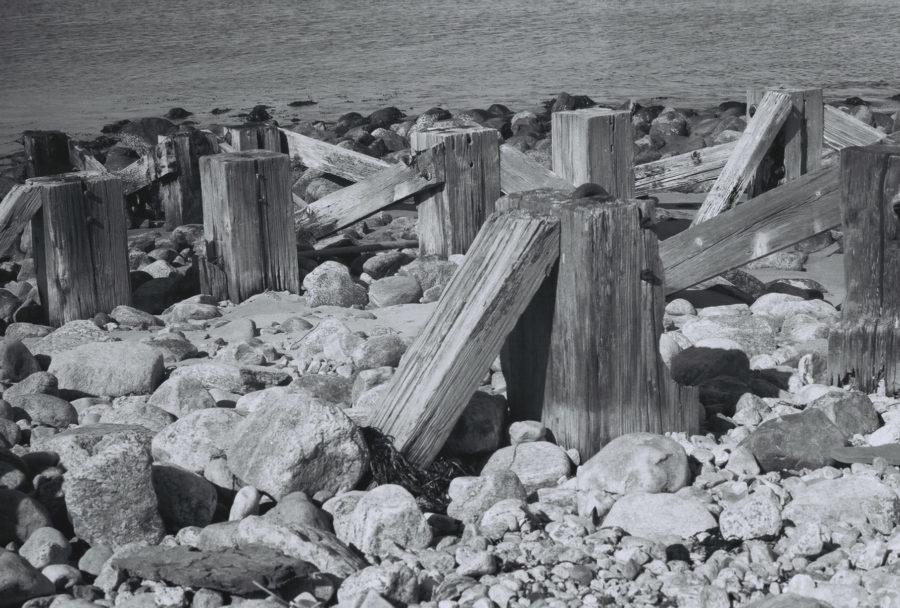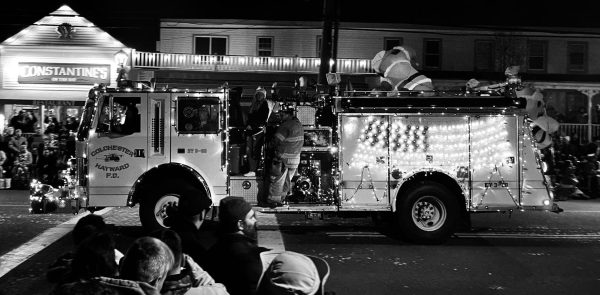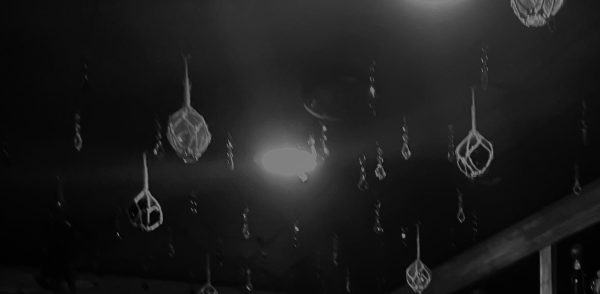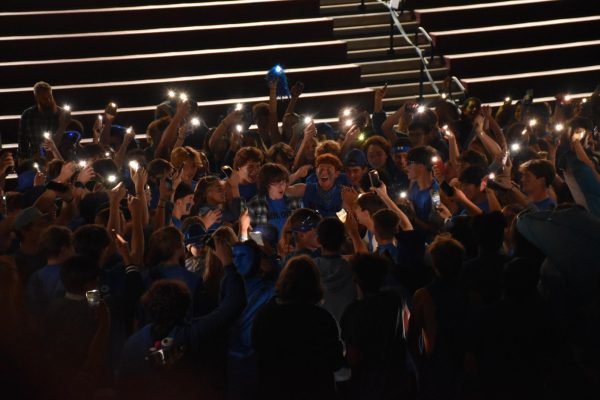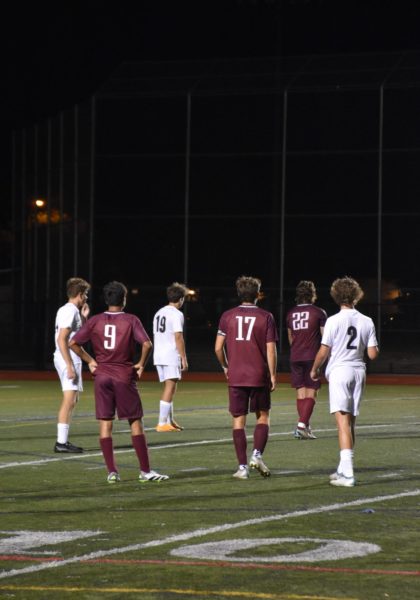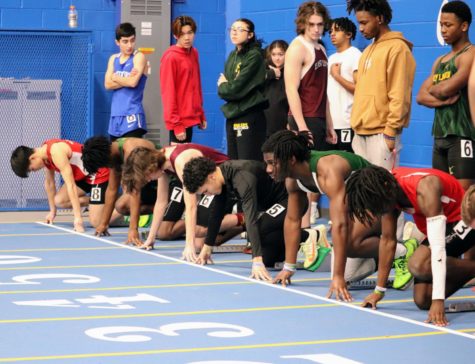Fiddling with Film
JASPER WRIGHT
Capable of documenting any and every experience in HD, it’s hard to understand why anyone would use a 35mm film camera instead of their phone. When I began taking photos seriously, my progress in developing a photographic “eye” was slow- so slow that it felt like a Galapagos tortoise could walk a mile faster than I could get a single decent photo. Despite lugging around a DSLR camera and taking as many pictures as I could, I wasn’t improving at a desirable rate. My photo compositions lacked sophistication. I felt incapable of getting a good photo without following the rule of thirds. It wasn’t until I began shooting with a vintage film camera when my ardent interest in photography was reignited.
As detailed by my favorite street photographer, Henri Cartier Bresson, “Our eye must constantly measure, evaluate. We modify the perspectives by a slight deflection of the knees, we bring coincidences of lines by a simple displacement of the head of a fraction of millimeter, but this can be done only with the speed of a reflex, and invites us to make Art.” So how does shooting with a film camera help one in achieving the creative flow state which Bresson describes?
In the words of Simon and Garfunkel “Slow down, you move too fast / You got to make the morning last.” Many fledgling photographers become consumed with the notion that if you take as many photos as possible there will be a few keepers, when in reality this ideology only results in a full memory card and a plethora of poorly executed photos. Shooting on film forces the photographer to take photos with purpose. The first time using a film camera will be like being thrown into the deep end of a pool- no rapid fire, automatic exposure and focusing, or even a screen to review the photos you’ve taken. The lack of automation means the photographer must carefully calculate the settings which they will use to take the next photo. It’s during this period of deliberation when the photo’s composition is conceived.
Initially, those 30 seconds of planning may feel like an eternity in which you’ve lost several promising photo opportunities. However, this ultimately brief period of time is when the unconscious goes through the process of examining one’s surroundings from an analytical, artistic perspective. Taking the photo will begin to feel second nature- there’s no need to think, just shoot. With practice you will see the act of taking a photo transform from a spurious moment of hyper-analysis to a meditative action in which your vision will come to fruition. Like Bresson, you too can enter the flow state of an artist with the deceivingly simple act of slowing down.






Your donation will support the student journalists of East Lyme High School. Your contribution will allow us to purchase equipment and cover our annual website hosting costs.
